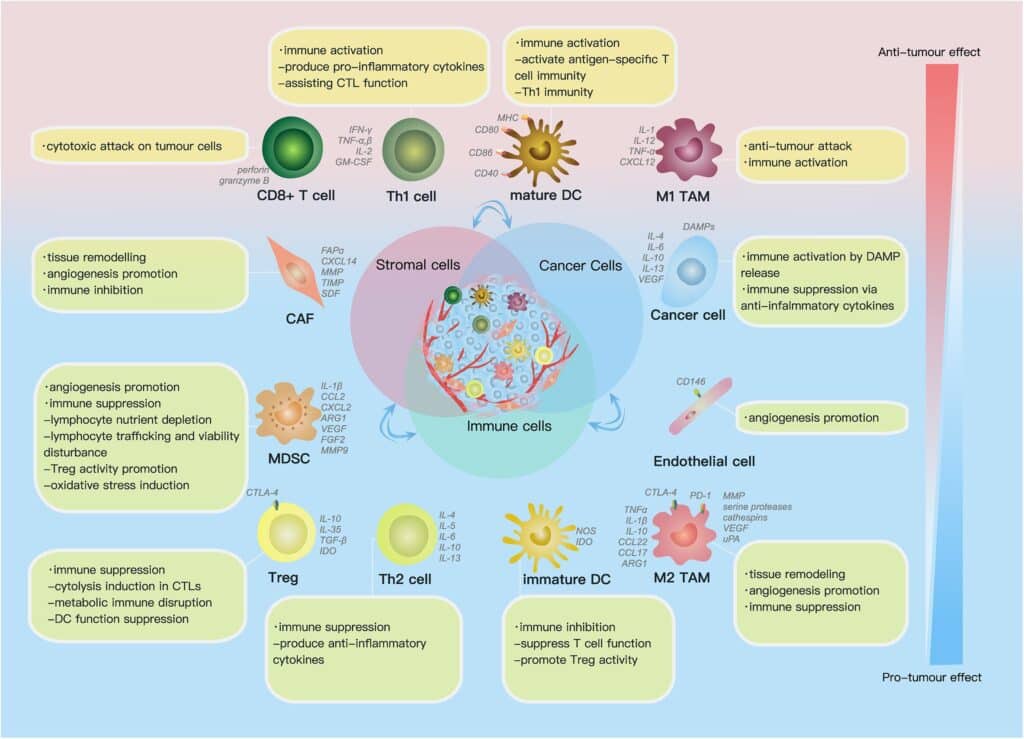Ovarian cancer, often abbreviated as OC, is a serious health condition that affects the ovaries, which are vital organs in the female reproductive system. This type of cancer is known for its subtle early symptoms and challenging diagnosis, making it one of the more difficult cancers to detect and treat effectively. In this article, we will explore the various types of ovarian cancer, its common symptoms, methods of diagnosis, and available treatment options.

Understanding Ovarian Cancer
Ovarian cancer begins when abnormal cells in the ovaries grow uncontrollably, forming a tumor. The ovaries are responsible for producing eggs and hormones such as estrogen and progesterone, which play crucial roles in regulating the menstrual cycle and supporting pregnancy. When cancer develops in these organs, it can disrupt their function and spread to other parts of the body if left untreated.
Types of Ovarian Cancer
There are several types of ovarian cancer, each classified based on the type of cell where the cancer originates. Understanding these distinctions is essential for determining the most effective treatment plan.
Epithelial Tumors
Epithelial tumors account for approximately ninety percent of all ovarian cancers. These tumors develop from the cells that cover the outer surface of the ovaries. Epithelial ovarian cancer is further divided into subtypes, including serous, mucinous, endometrioid, and clear cell carcinomas. Serous carcinoma is the most common subtype and tends to be aggressive, often spreading quickly to other areas of the body.
Germ Cell Tumors
Germ cell tumors arise from the cells that produce eggs within the ovaries. These tumors are less common and typically affect younger women, including teenagers. While most germ cell tumors are benign, some can become malignant. Examples of germ cell tumors include dysgerminomas, teratomas, and embryonal carcinomas.
Stromal Tumors
Stromal tumors originate in the connective tissue cells that hold the ovary together and produce hormones like estrogen and progesterone. These tumors are relatively rare and tend to be diagnosed at an earlier stage compared to epithelial tumors. Common examples include granulosa cell tumors and Sertoli-Leydig cell tumors.
Symptoms of Ovarian Cancer
Ovarian cancer is notorious for being difficult to detect in its early stages because its symptoms often mimic those of less severe conditions. Many women may overlook these signs or attribute them to other causes, delaying diagnosis and treatment. However, recognizing these symptoms early can improve outcomes significantly.
Common Symptoms
- Bloating or swelling in the abdomen
- Persistent pelvic or abdominal pain
- Trouble eating or feeling full quickly
- Frequent urination or urgency
- Changes in bowel habits, such as constipation
- Unexplained weight loss or gain
- Fatigue or low energy levels
When to Seek Medical Attention
If you experience any of these symptoms consistently for more than a few weeks, it is important to consult a healthcare provider. While these symptoms do not necessarily indicate ovarian cancer, they should not be ignored, especially if they worsen over time or interfere with daily life.
Diagnosing Ovarian Cancer
Diagnosing ovarian cancer involves a combination of physical examinations, imaging tests, and laboratory analyses. Early detection is critical for improving survival rates, but it remains a challenge due to the nonspecific nature of the symptoms.
Initial Evaluation
A healthcare provider will begin by conducting a thorough medical history review and physical examination. During the pelvic exam, the doctor will check for abnormalities in the ovaries or uterus, such as lumps or swelling.
Imaging Tests
Imaging tests are essential tools for identifying potential tumors and assessing their size and location. Common imaging techniques include:
- Ultrasound: Uses sound waves to create images of the ovaries and surrounding tissues. Transvaginal ultrasound provides a clearer view of the reproductive organs.
- Computed Tomography (CT) Scan: Produces detailed cross-sectional images of the body to determine whether the cancer has spread beyond the ovaries.
- Magnetic Resonance Imaging (MRI): Offers highly detailed images that help differentiate between benign and malignant tumors.
Blood Tests
Blood tests may be used to measure levels of certain proteins associated with ovarian cancer. One such protein is CA-125, which is elevated in many women with epithelial ovarian cancer. However, elevated CA-125 levels can also occur in noncancerous conditions, so this test is not definitive on its own.
Biopsy
A biopsy involves removing a small sample of tissue from the suspected tumor for analysis under a microscope. This procedure confirms the presence of cancer and helps determine its type and grade. In some cases, a biopsy may be performed during surgery to remove the tumor.
Treatment Options for Ovarian Cancer
The treatment approach for ovarian cancer depends on several factors, including the type and stage of the cancer, the patient’s overall health, and personal preferences. A multidisciplinary team of specialists typically collaborates to develop a personalized treatment plan.
Surgery
Surgery is the primary treatment for most types of ovarian cancer. The goal is to remove as much of the tumor as possible while preserving healthy tissue. Procedures may include:
- Hysterectomy: Removal of the uterus, which may be necessary if the cancer has spread.
- Oophorectomy: Removal of one or both ovaries.
- Lymph Node Dissection: Removal of nearby lymph nodes to check for cancer spread.
- Debulking Surgery: Reducing the size of large tumors to enhance the effectiveness of other treatments.
Chemotherapy
Chemotherapy uses drugs to kill cancer cells or stop them from growing. It is often administered after surgery to eliminate any remaining cancer cells. Chemotherapy may also be used before surgery to shrink tumors and make them easier to remove. Common chemotherapy drugs for ovarian cancer include paclitaxel and carboplatin.
Radiation Therapy
Radiation therapy uses high-energy particles to destroy cancer cells. While it is less commonly used for ovarian cancer compared to surgery and chemotherapy, it may be recommended in specific cases, such as when the cancer has spread to localized areas.
Targeted Therapy
Targeted therapy focuses on specific molecules involved in cancer growth and progression. This approach minimizes damage to healthy cells and is often used in combination with other treatments. Bevacizumab, a drug that inhibits blood vessel formation in tumors, is an example of targeted therapy used for ovarian cancer.
Hormone Therapy
Hormone therapy may be an option for certain types of ovarian cancer, particularly stromal tumors. This treatment works by blocking the effects of hormones that promote cancer growth or by reducing hormone production in the body.
Clinical Trials
Clinical trials offer access to new and experimental treatments that are not yet widely available. Participating in a clinical trial may provide additional options for patients who have exhausted standard therapies or whose cancer has returned after initial treatment.
Living with Ovarian Cancer
A diagnosis of ovarian cancer can be overwhelming, but support is available to help patients navigate their journey. Counseling, support groups, and educational resources can empower individuals to make informed decisions about their care and improve their quality of life.
Emotional and Psychological Support
Receiving a cancer diagnosis can lead to feelings of anxiety, depression, or fear. Seeking emotional support from mental health professionals, loved ones, or peer groups can help individuals cope with these challenges and maintain a positive outlook.
Lifestyle Adjustments
Making healthy lifestyle choices can complement medical treatments and enhance well-being. Regular exercise, a balanced diet, and adequate rest are important components of managing the physical and emotional demands of cancer treatment.
Follow-Up Care
Regular follow-up appointments are essential for monitoring recovery and detecting any signs of recurrence. These visits may include physical exams, imaging tests, and blood work to ensure ongoing health and address any concerns promptly.





